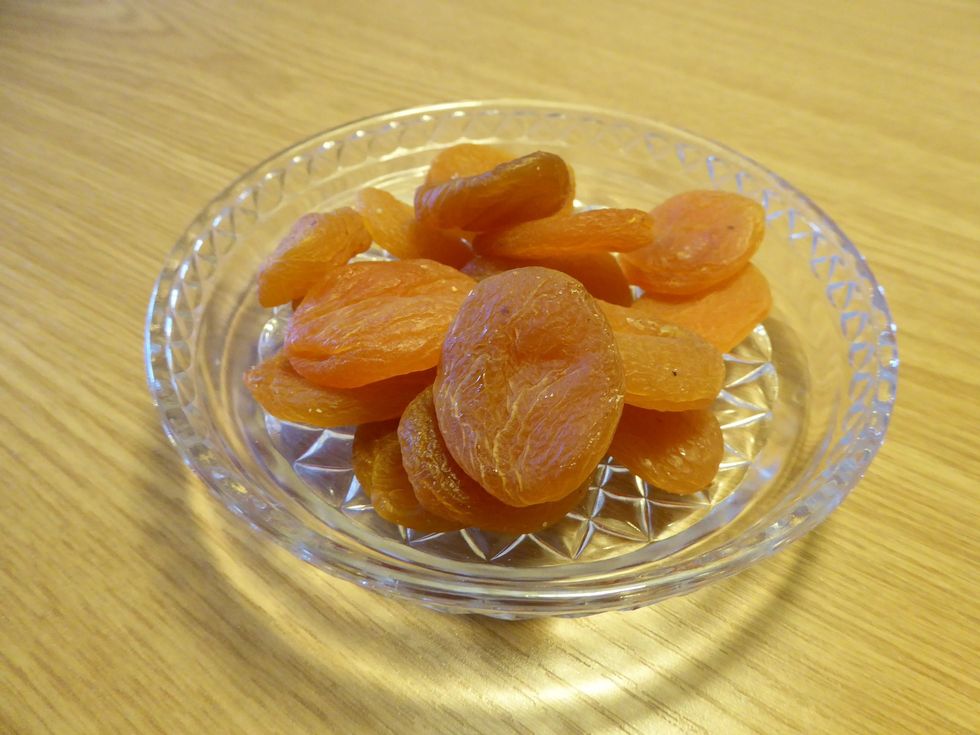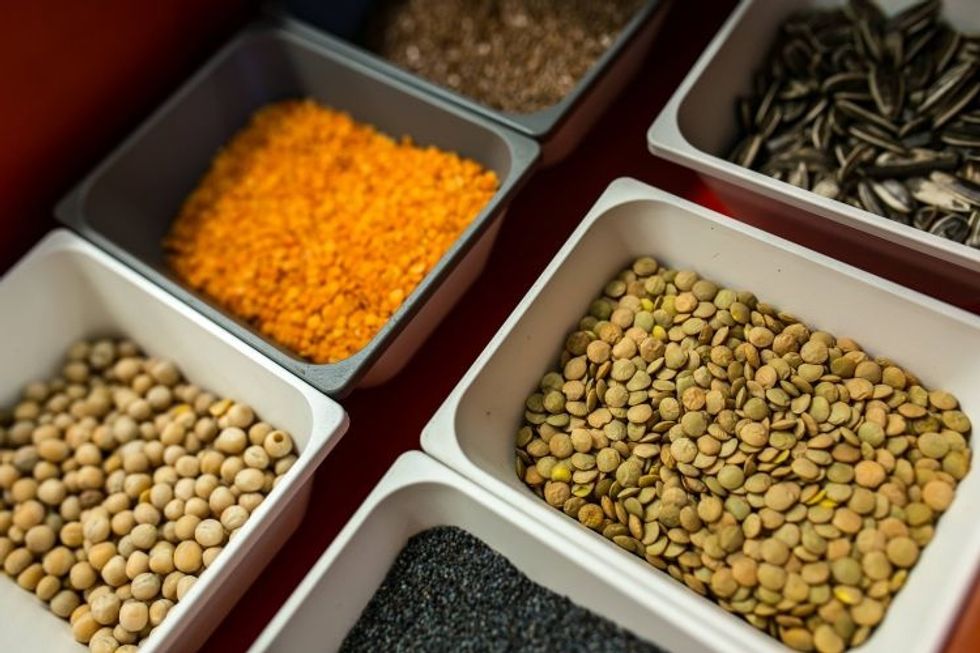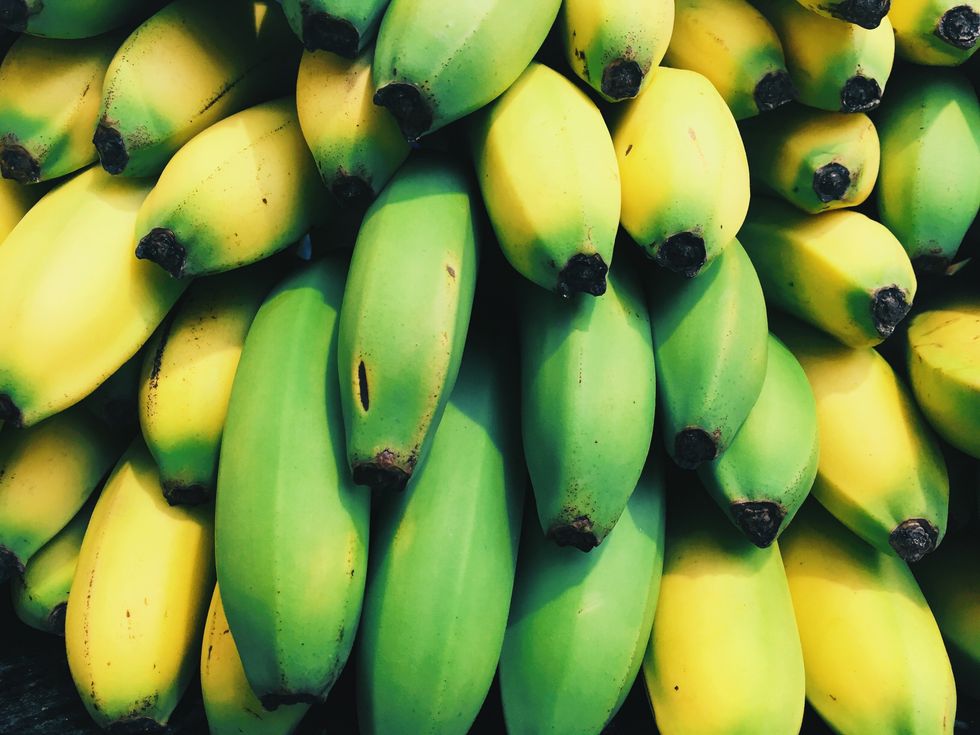It's a nutrient whose name has been tossed around about as much as a hot potato— potassium. As an element on the Periodic table, this electrolyte is key to nerve and muscle tissue function as well as several other functions in the body— much like sodium. Unlike sodium, however, "the 2015–2020 Dietary Guidelines for Americans identifies potassium as a 'nutrient of public health concern,'" as stated on the U.S. Dept. of Health and Services' online "Fact Sheet for Health Professionals" on Potassium. This nation-wide deficiency is due to the minimal amount of potassium in even the most nutrient-rich whole foods. A banana, for instance, has approximately 450 mg of potassium per fruit and is a dwarfed by the daily recommendation of 4500mg. That's nearly ten banana's to get the minimum recommendation!
When I first heard about this nutrient and the steep challenges most faced in consuming enough, my knee-jerk reaction was to take a supplement alongside my diet of nutrient-dense, whole-foods. To my surprise, however, the highest dosage of potassium on the market was 99 mg— less than a fourth of what's in a banana! I found this strange, since most supplements will contain the daily recommended amount (or close to it). My multi-vitamin, NatureMade's Multi For Her, contains 180 mg of vitamin C, for instance. Vitamin A, which one can easily consume too much of on a whole-foods diet, is present in this supplement at 50 percent of the daily recommended amount. But why, I thought, is potassium so low?
After some research on the U.S. Dept. of Health and Services' online "Fact Sheet for Health Professionals" on Potassium, I found that the kidneys regulate the levels of this nutrient in the blood and if the blood level were to deregulate, it could lead to intestinal lesions and painful heart palpitations. Because of this, the FDA regulates the amount of potassium per supplement. So I wondered— how does one get enough potassium? In my research, I found that these five foods to be the best natural potassium sources which have added benefits!
1. Dried Apricots

Image by Regenwolke0
At 1,511 mg of potassium per cup, you'd be hard pressed to find a food higher in natural potassium. Despite being a good source of fiber and iron, these dried fruits are high very high in sugar— so eat them sparingly.
2. Lentils

Image by Kaboompics
High in protein, iron, and fiber, these edible legumes are a whopping 731 mg of potassium per cup!
3. Kidney Beans

Image by PublicDomainPictures
I'm seeing a theme— these lovely musical fruits are high in protein, fiber, and iron! They contain 717 mg of potassium per cup, but opt for the "low-sodium" can of them at your supermarket since many canned foods tend to have absurd and harmful amounts of sodium.
4. Banana

Photo by Scott Webb from Pexels
What kind of potassium-containing food list would this be without the banana? As the United States' favorite fruit, this yellow berry numbers at approximately 422 mg per medium size.
5. Spinach

Image by Ponce_Photography
Just one more reason to opt for a salad at lunch! At two cups raw, this leafy green has 334 mg of potassium and goes great with any wrap, sandwich, or salad.
Obviously, there are plenty of other fantastic sources of potassium not mentioned on this list, this is simply a starting point to anyone new whose grappling with balancing their nutrition. Without a doubt, this nutrient needs more attention from the everyday person.















































